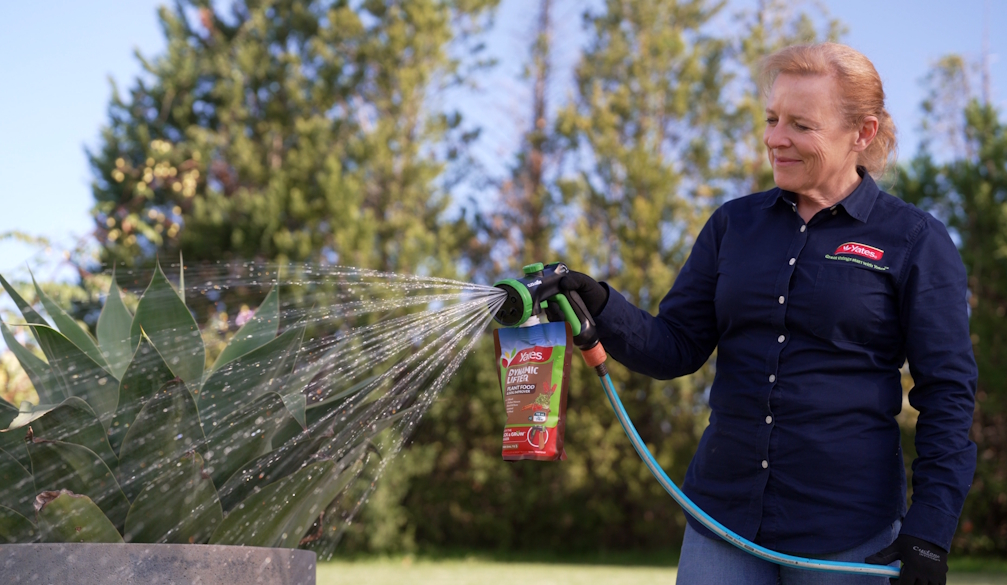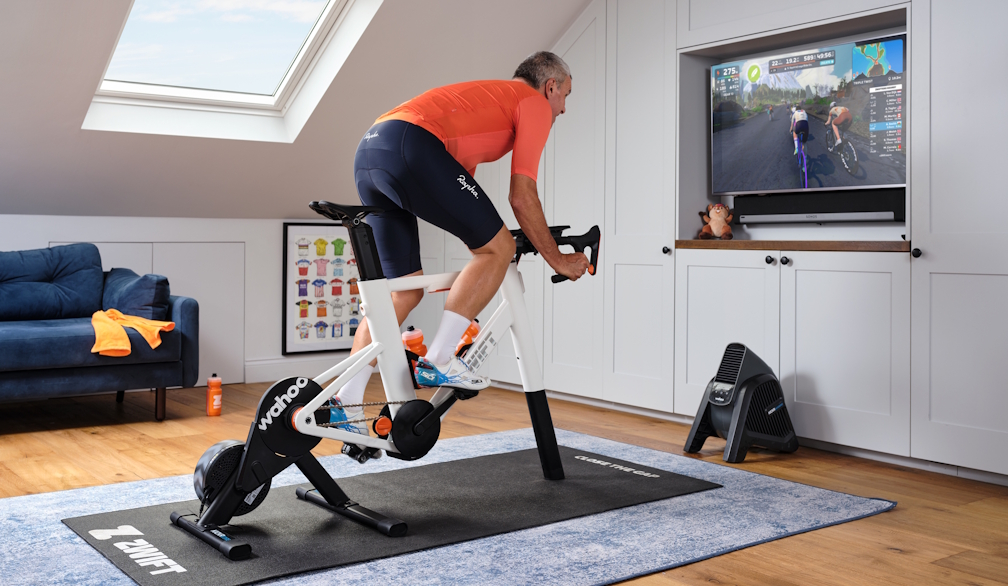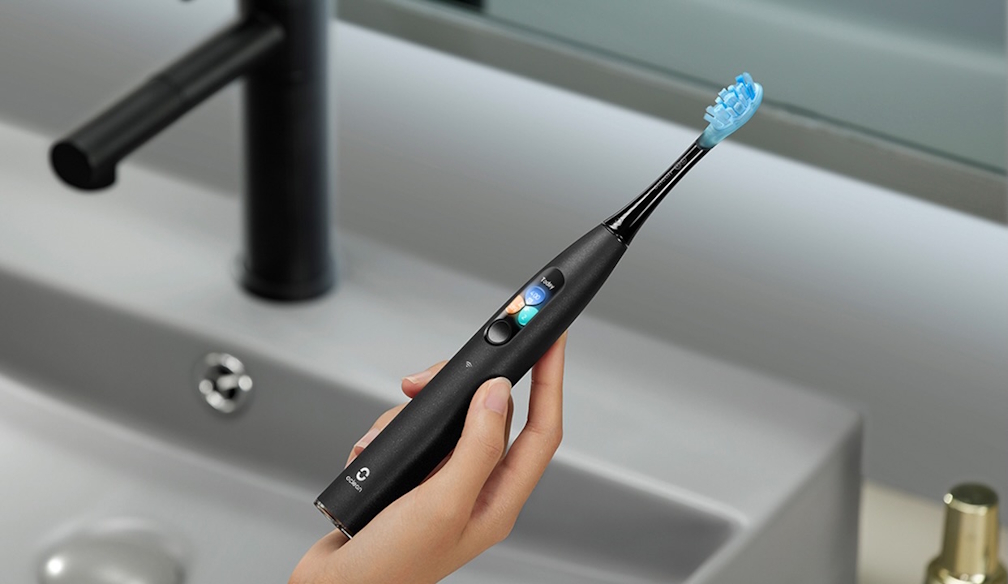Building a Migration Roadmap from Monolithic CMS to Headless Architecture

Transitioning to a headless solution from a traditional monolithic CMS is not only an adjustment in design and development, but also an adjustment in content management and delivery philosophy. Therefore, to ensure an effective transfer and to quickly adopt the innovative technology without interruptions, a migration timeline is required. This article discusses various steps and considerations that will allow you to compile an extensive migration roadmap.
Assess Your Existing CMS Environment
One of the first things you should do before starting the migration process is to assess your existing CMS environment. Gaining insight into your existing monolithic CMS's structure, degree of complexity, type and amount of content, integrations and dependencies, workflows, and functionalities gives you a comprehensive view of your current state to determine realistic migration timelines and objectives. It's especially important to clearly resolve content relationships and dependencies early on to streamline migration efforts. Also, knowing the current state of your content needs helps identify those functionalities that must be replicated or improved in the headless CMS.
Create Realistic Migration Objectives and Goals
Creating objectives for your migration journey at the onset will ensure optimal execution with future success metrics in mind. What are you actually trying to achieve? Bettering site performance? Facilitating omnichannel delivery of content? Future scaling efforts with microservices? Simplifying content workflows? Clearly defined goals provide guidance on migration process task prioritization and post-deployment evaluation of headless CMS effectiveness.
Choose the Best Headless CMS Solution to Meet Your Needs
One of the greatest determinants of migration effectiveness is selecting a headless CMS solution that meets your needs. Different systems offer varying levels of functionality, services, and support solutions, so based on your goals determined above, seek out headless CMS tools that will best suit your needs. Investigate pricing, service offerings, features and functionalities, ease of use, integration opportunities, availability of support, API access, and documentation for end-users before honing in on a final choice. You want to choose a platform that will meet your needs both now and in the future with flexible solutions.
Create a Phased Migration Plan
A phased approach to the migration process mitigates risk and reduces complexity. Start with easier components, perhaps those that are less critical, and work up to the more involved aspects of your content and technology stack. A phased approach allows your team to troubleshoot in increments, gain confidence on newer projects, and avoid disrupting business as usual. Each phase should include handoffs and defined tasks/responsibilities/due dates/success metrics so that one phase runs into the next seamlessly.
Perform Content Audits Pre-Migration
Content audits should be performed pre-migration to facilitate a smoother transition. Review content inventory and assess what's redundant, outdated, and trivial. What's actively outdated that should be updated? What can you archive or delete? The cleaner the content going into the new headless CMS repository, the easier the better. In addition, you won't have unnecessary overhead migrating to headless CMS if your content is cleaner and more curated. When it comes time to migrate, proper content acquisition will ensure a smoother process and better UX post-migration.
Structure Current Frameworks for New Data Models
Should current structures be mapped out for what needs to be created as new data models for the headless CMS, migration will occur more confidently. Many headless solutions are built upon flexible, modular structures that might not necessarily be in play in monolithic solutions. Being meticulous about what the new structures will be ensures better compliance, access, and content lifecycle management down the road. This necessitates all hands on deck, including developers, content strategists, and stakeholders, to assess existing relationships and metadata/taxonomies to ensure they're incorporated within this step.
Creating Integration and Compatibility Considerations
Integration with existing tools and services is another major consideration when choosing to migrate. Evaluate your current integrations from customer analytics to marketing, CRM systems, or e-commerce services and make sure the headless CMS you choose is compatible. Understand how those integrations will work, or need to work after migration, so as to plan everything in advance. Compatibility and integration promote less disruption and operating workflows and effective operations post-migration.
Generating Data Migration Solutions
Data migration solutions will ensure that your information transfer occurs seamlessly and without issue. Generate data migration scripts or pre-packaged solutions to migrate content, metadata, and assets from your current monolithic CMS to your chosen headless CMS. This maintains data integrity and consistency throughout the process and prevents any data loss. Furthermore, generate documentation along the way as it will be helpful for troubleshooting if any problems should arise.
Preparing for Team Training in New Platforms
Typically, teams will have a learning curve when migrating from a monolithic CMS to a headless one. Thus, proper training and educational resources should be provided for all content creators, developers, marketers, and others who will be directly absorbing information from the new interface. Team training ensures that the teams receive the education and skills necessary to feel confident during use and comfortable enough for rapid adoption. In addition, ongoing support will ensure the team does not become dismayed during initial usage and will give them the confidence to continue managing content within the new headless CMS going forward.
Ongoing Testing and Feedback Opportunities
Maintaining testing throughout your migration will help you troubleshoot problems before they develop into serious mistakes. Establish ongoing testing for usability and performance testing and integrations and presentation consistency across channels. Allow additional feedback opportunities for stakeholders to adjust along the way. Ongoing testing and feedback opportunities will support a final rollout that is effective and functional while satisfying not only anticipated migration goals but also user needs.
Risk Management to Avoid Potential Issues
Risk management ensures that potential problems don't disrupt your migration plan. Anticipate problem areas or points of friction and establish backup plans to mitigate expected risks everything from integration errors or failures to complications during data migration efforts or unexpected downtimes. Risk management alleviates strain in the moment, avoids costly delays, and encourages reliable delivery. Communicating with stakeholders about which risks may occur and how you'll sidestep them keeps things on the up-and-up while fostering trust within the organization.
Evaluation of Success After Migration for Further Optimization
Lastly, it's essential to evaluate the success of your migration from monolithic CMS to headless CMS. Are there measurable metrics or KPIs that would improve after your migration? Think improvements in page load time, increased user engagement, faster time-to-market for content publishing, reduction in operational costs, etc. Assess these post-migration factors on an ongoing basis to identify further areas of optimization down the road. Ongoing assessment will ensure the new CMS environment meets shifting business needs and is agile enough to accommodate new patterns of digital expansion.
Building Momentum through Celebrations of Achievements
Celebrating achievements at key transition points in your migration experience helps keep your team upbeat and dedicated. Celebrated successes generate further excitement and momentum toward the migration initiative and raise morale for the balance of the undertaking. Likewise, public celebrations of personal accomplishments and team achievements go a long way toward establishing a culture of innovation and adaptability so that the team is invested not only during the undertaking but also moving forward with the new headless CMS.
Consistent Communication and Stakeholder Encouragement
Communication is key when undergoing the significant architectural shift from a monolithic CMS to a headless CMS. Stakeholders must be made aware of progression, challenges, and future expectations throughout the migration project. This means consistent updates, scheduled status calls, easily accessible feedback forums, discussions, etc. to ensure everyone is on the same page, avoiding second guesses and concerns while, instead, fostering support for full buy-in. Communication keeps all teams in the same boat, motivated by and focused on a successful conclusion.
Working with Headless CMS Vendor for Migration Expertise
One of the easiest ways to facilitate migrating to a new headless CMS is to partner with the vendor you're considering for your new architecture before you make the purchase. Most headless CMS vendors will have extensive experience in moving their product into different settings and can offer guidance, insights, and best practices to help facilitate a smoother transition. Leveraging their expertise takes the burden off your shoulders while reassuring an accurate application. Understanding that you have 24/7 customer support and technical service advocates will only increase team morale even more.
Preparing a Rollback and Contingency Plan
Yet even with proper planning of the process and avoiding foreseeable pitfalls, there are risks that occur during the migration of a monolithic CMS to a headless CMS. Whether it's an unforeseen technical glitch, an integration compatibility issue, or unsanctioned performance concerns, there are risks that develop that hinder the business flow and negatively impact daily activity. To avoid the chance that this occurs, a solid, foolproof rollback contingency plan posits that no one is ever truly prepared for unforeseen challenges.
A rollback contingency plan manifests itself by providing specific, measurable criteria that facilitate the need to roll back to the original, established monolithic CMS. Such criteria include, but are not limited to, catastrophic performance failures, lack of data integrity, integration issues that cannot be resolved, or subpar user experience that impacts critical operations. Thus, it is not enough to merely establish criteria whereby migration is reversed; an organization must have a detailed course of action with supportive documentation for how to roll back who is accountable for making administrative decisions, how internal communication exists during a rollback, and what teams and departments need to do to facilitate fast action and minimal downtime.
Thus, possessing such a rollback contingency plan established, communicated, and rehearsed enhances operational risk and bolsters organizational stability. Stakeholders and investors are more confident in the work environment when they know that proper measures are taken to prepare for the worst-case scenario. Keeping a rollback contingency plan ensures that all relevant parties acknowledge that a migration is not simply a punch list with a finish line; it is more likely than not to have unexpected bumps in the road, requiring internal guidance at a moment's notice.
Conclusion: Embracing the Headless Future
Successfully migrating from a monolithic CMS to a headless architecture requires careful planning, structured execution, comprehensive preparation, and clear, consistent communication across all involved stakeholders. Organizations embarking on this significant transition must carefully define detailed objectives, clearly identify both immediate and long-term goals, and establish a realistic timeline that accounts for all aspects of the migration process. A robust, phased migration roadmap provides critical guidance, allowing for incremental progress, early detection of potential issues, and sufficient flexibility to adjust plans as needed along the way.
Thorough preparation, including content auditing, data model mapping, integration planning, and vendor assessment, lays a strong foundation for migration success. Organizations should systematically review their existing content, streamline their repositories, eliminate outdated materials, and optimize structures for seamless integration into the new headless CMS environment. Rigorous, continuous testing throughout each migration phase is vital to ensure data integrity, functionality, usability, and overall system performance. By proactively managing risks and preparing contingency measures, teams can quickly address unforeseen challenges or issues, minimizing disruption and maintaining operational stability.
Clear communication and regular stakeholder engagement are equally essential, ensuring alignment, reducing resistance, and fostering organizational support throughout the transition. Keeping teams informed about ongoing progress, transparently addressing both successes and setbacks, and actively soliciting feedback helps build trust, encourage collaboration, and sustain momentum toward achieving migration objectives.
Ultimately, embracing a headless CMS positions your business for greater agility, significantly improved user experiences, and enhanced competitive advantage in a rapidly evolving digital landscape. The flexibility and scalability inherent to headless architecture facilitate quicker responses to changing market demands, easier adaptation to emerging technologies, and reduced long-term operational overhead. By investing thoughtfully and strategically in this migration process, organizations effectively future-proof their content strategies, ensuring sustained readiness for innovation, continuous improvement, and enduring digital success.

















